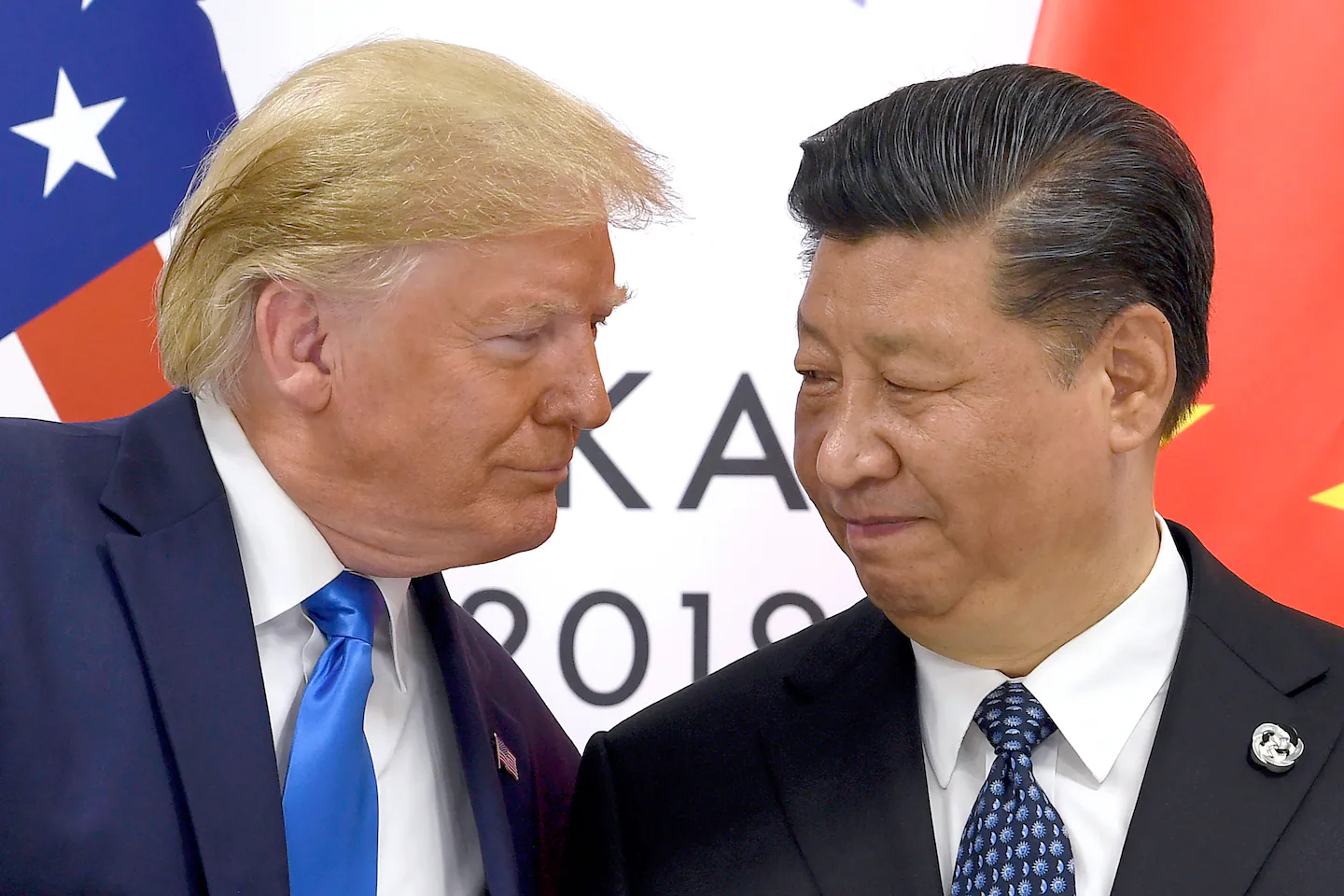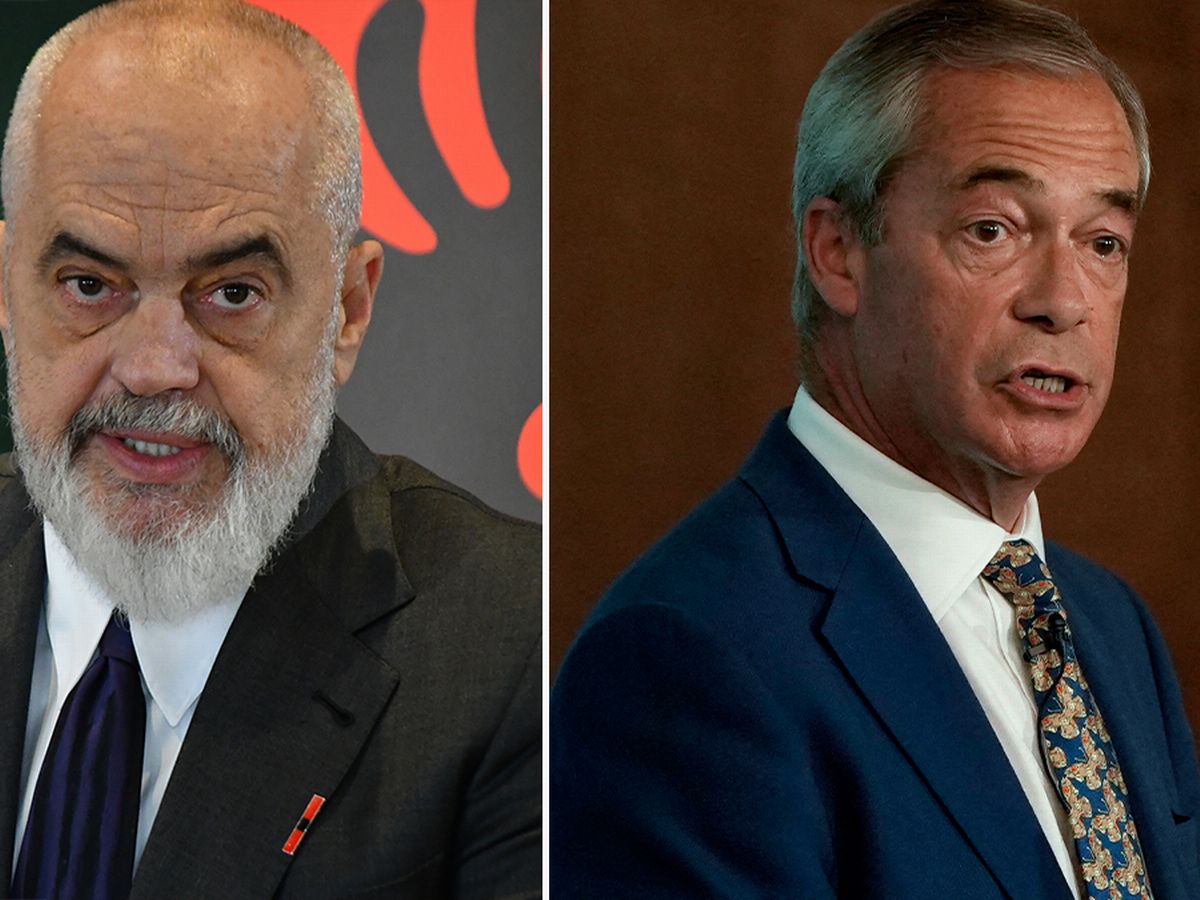Copyright WJLA

Several major companies announced layoffs in recent days in a high-profile development that comes with major concerns about the strength of the labor market and a void of job openings for newly-unemployed people to find work. Job creation has slowed throughout the year, and businesses have pulled back on hiring across most of the economy, raising fears of a broader slowdown and stirring worker anxieties about staying employed. about the economy have captured increasing anxiety about the labor market, which has already been a difficult one to navigate for people entering the workforce for the first time. Even with the slowed momentum, companies had mostly held onto their employees throughout the year. But some sizeable layoffs at major businesses across economic sectors have started to pile up over the last several week. Amazon said this week that it would , about 4% of its workforce. UPS is cutting 48,000 jobs in a corporate restructure to adjust to changes in its business. Major retailer Target said it was cutting 1,800 corporate positions, around 8% of its global corporate workforce. Recent cuts have also impacted tech giants in an industry that has seen major gains and investments into AI. Chipmaker Intel has made moves to eliminate thousands of jobs as it tries to keep up with Nvidia and Advanced Micro Devices. Microsoft said recently it would be cutting 9,000 positions after laying off 6,000 employees earlier this year. Reasoning behind the layoffs varied among companies, with some pointing to efficiency gains through artificial intelligence, others going through corporate restructuring and a handful citing rising operational costs due to tariffs or shifts in consumer spending. has been stronger than anticipated this year after the initial announcement of Trump’s sweeping tariffs as consumers have continued to spend and prices remained mostly stable. Companies have tried to adjust to tariffs by finding new supply chains, stockpiling products to avoid having to raise prices to inflation-wary consumers and freezing hiring while they wait to see what comes next. Companies have been slow to lay people off after running into difficulties during the post-pandemic recovery to find qualified workers. But the rate of hiring and job creation has also slowed to a crawl, a possible indication businesses are starting to reach the limits of what they can absorb. “People are way more resilient than you expect, like stockpiling or finding other ways to absorb costs, maybe not hiring, which is less visible than firing people,” said Ryan Young, senior economist at the Competitive Enterprise Institute. “All these little things are ways that people are trying to adapt. But there's only so much people can do. We might be reaching that point.” The recent announcements are prominent examples of a job market that was already struggling to keep up with economic uncertainty and tariffs. But the data blackout from the ongoing government shutdown makes it harder for economists and the Federal Reserve to gauge the strength of the economy. The October print of the monthly jobs report was already delayed due to the shutdown and next month’s is also at risk as lawmakers struggle to break the current impasse. Without the government data that is considered the gold standard, analysts are left with private sector reports to measure the strength of the labor market. ADP’s monthly private sector jobs report for September showed companies cut 32,000 positions, ramping up concerns that companies will need to start making cuts. A softening labor market has been the driving factor behind the Federal Reserve’s back-to-back rate cuts, outweighing concerns about inflation that is still running above its target of 2%. “It's tough on a lot of businesses right now that are not in the AI sector. We are seeing manufacturing contraction, and when you get that tradeoff between unemployment and low inflation, the Fed's usually going to choose to prioritize the unemployment,” Young said. After the Fed on Wednesday, Fed chair Jerome Powell said officials still see the risks to the labor market as greater than inflationary forces from tariffs and they have observed a steady slowdown in hiring. “In this less dynamic and somewhat softer labor market, the downside risks to employment appear to have risen in recent months,” he said. Concerns about the labor market had driven hopes on Wall Street of another cut at the Fed’s December meeting. But Powell was cautious on Wednesday to say another cut is not guaranteed amid dissent among Fed officials and unknowns with the blackout in government data. “What do you do if you are driving in the fog? You slow down,” Powell said.



